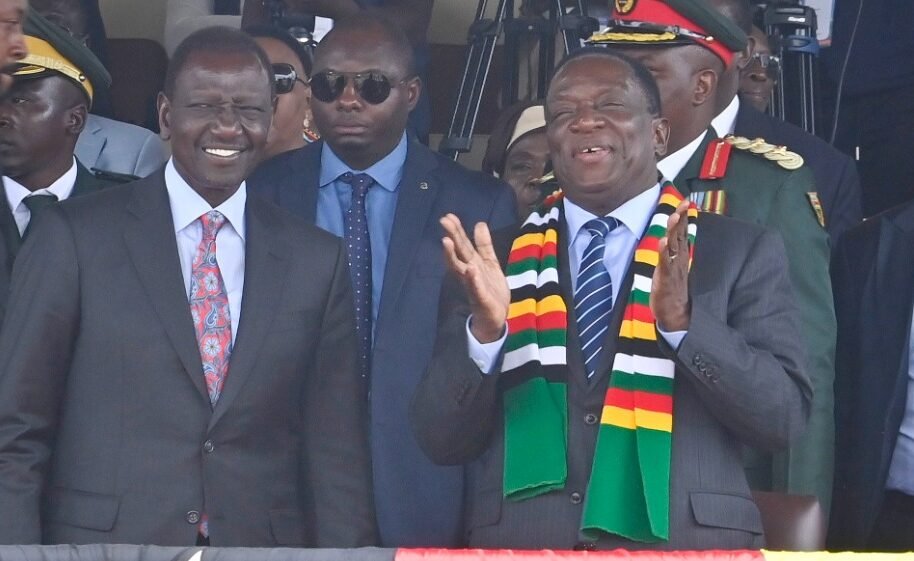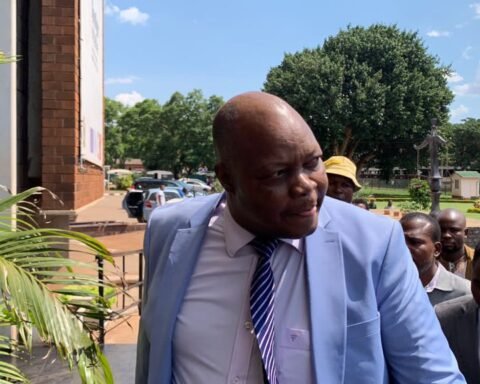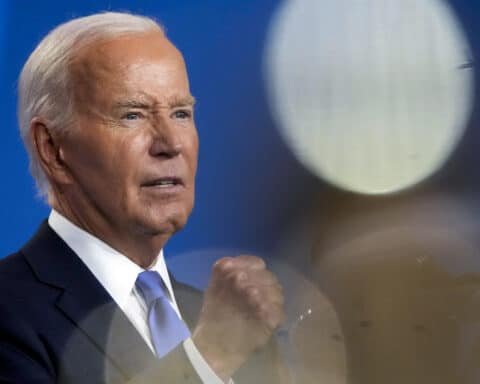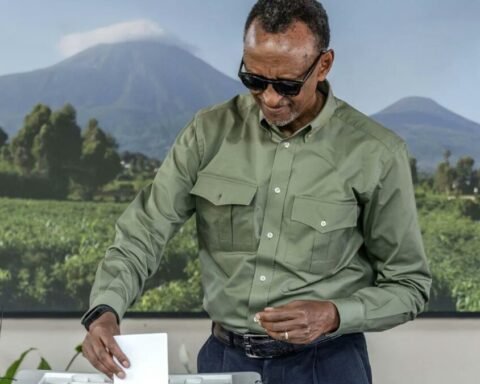Kenyan President William Ruto commended Zimbabwe for its commitment to transforming its vast potential into sustainable socio-economic development through robust and ambitious policies. Speaking at the 64th edition of the Zimbabwe International Trade Fair (ZITF) in Bulawayo this weekend, Ruto praised the country’s “irrevocable intentionality” in driving its growth agenda.
Ruto highlighted Zimbabwe’s bold decisions to pursue a radical economic recovery, revitalization, and reform agenda. He pointed to the recent introduction of a new currency, the ZIG, backed by gold and other asset reserves, as a significant step towards economic resurgence. “This radical revitalization of Zimbabwe’s monetary policy will contribute greatly to the country’s economic resurgence,” Ruto stated.
The Reserve Bank of Zimbabwe (RBZ) launched the ZIG currency a fortnight ago, with distribution of the notes and coins expected to commence on Tuesday, April 30, 2024. Ruto noted that Zimbabwe’s commitment to economic recovery and transformation is in line with the theme of the Zimbabwe International Trade Fair, “Entrepreneurship: A Catalyst for Industrialisation and Trade.” He emphasized that the country’s energy and resilience, along with the fortitude of its people, are leading Zimbabwe towards a brighter future.
Ruto encouraged investors to take note of the positive changes occurring in Zimbabwe, urging them to consider investment and trade opportunities in the country. “Potential investors must start paying close attention to reforms related to trade and investment, lest they miss out on highly beneficial incentives,” he said.
The Kenyan president praised Zimbabwe’s agricultural revitalization policy, which focuses on providing access to inputs, technology, and markets. He pointed out that this policy is likely to lead to improved livelihoods, rural wealth, and employment creation. Ruto also acknowledged the infrastructural development in Zimbabwe, which has enhanced the country’s transport, energy, and ICT sectors, thereby boosting domestic and regional connectivity, productivity, trade, and investment.
“This connectivity, underscored by the two Trans-African highways that traverse Zimbabwe—the Cape Town to Cairo Highway and the Beira-Lobito Highway—along with Zimbabwe’s strategic pursuit of regional integration through membership in organizations like the Southern African Development Community (SADC), the Common Market for Eastern and Southern Africa (COMESA), and the Africa Continental Free Trade Area (ACFTA), clearly demonstrates Zimbabwe’s determination to catalyze domestic, regional, and Pan-African trade,” Ruto explained.
As one of the leaders of a rapidly growing economy, Ruto emphasized the role of innovation in driving transformation. He noted that innovation leads to new inventions, improves existing technologies, and allows every sector to produce more efficiently. “Innovation empowers technologies and processes to achieve more in terms of volume and variety, making it easier to satisfy demand and offer choice,” he added.
President Ruto left Harare for Nairobi on Saturday afternoon, returning home where parts of Eastern Kenya, including Nairobi, have been devastated by floods. More than 35 people have died due to the incessant rains over the past week. Despite these challenges, Ruto’s visit to Zimbabwe underscored the enduring ties between the two African nations and their shared commitment to progress and innovation.








